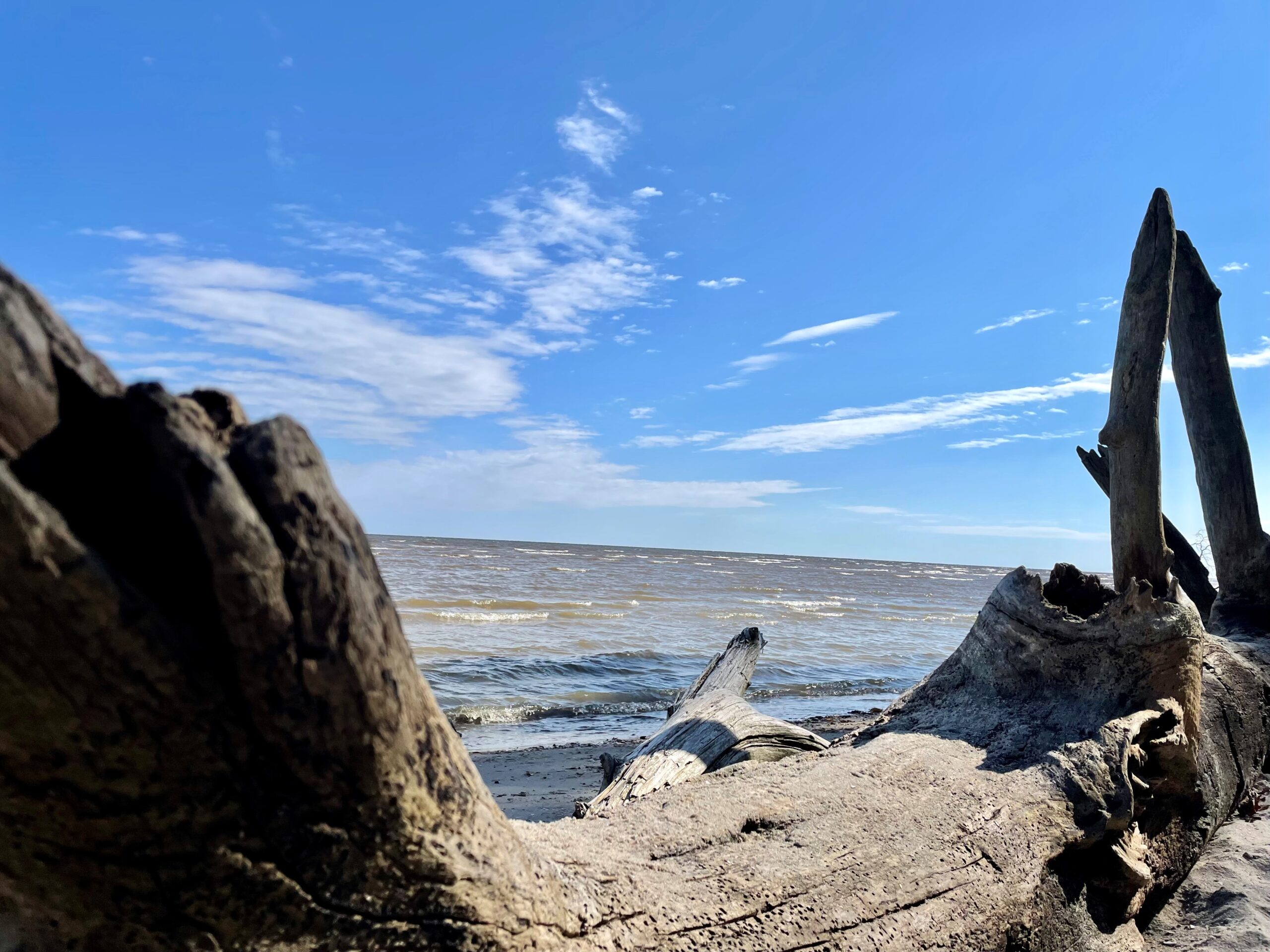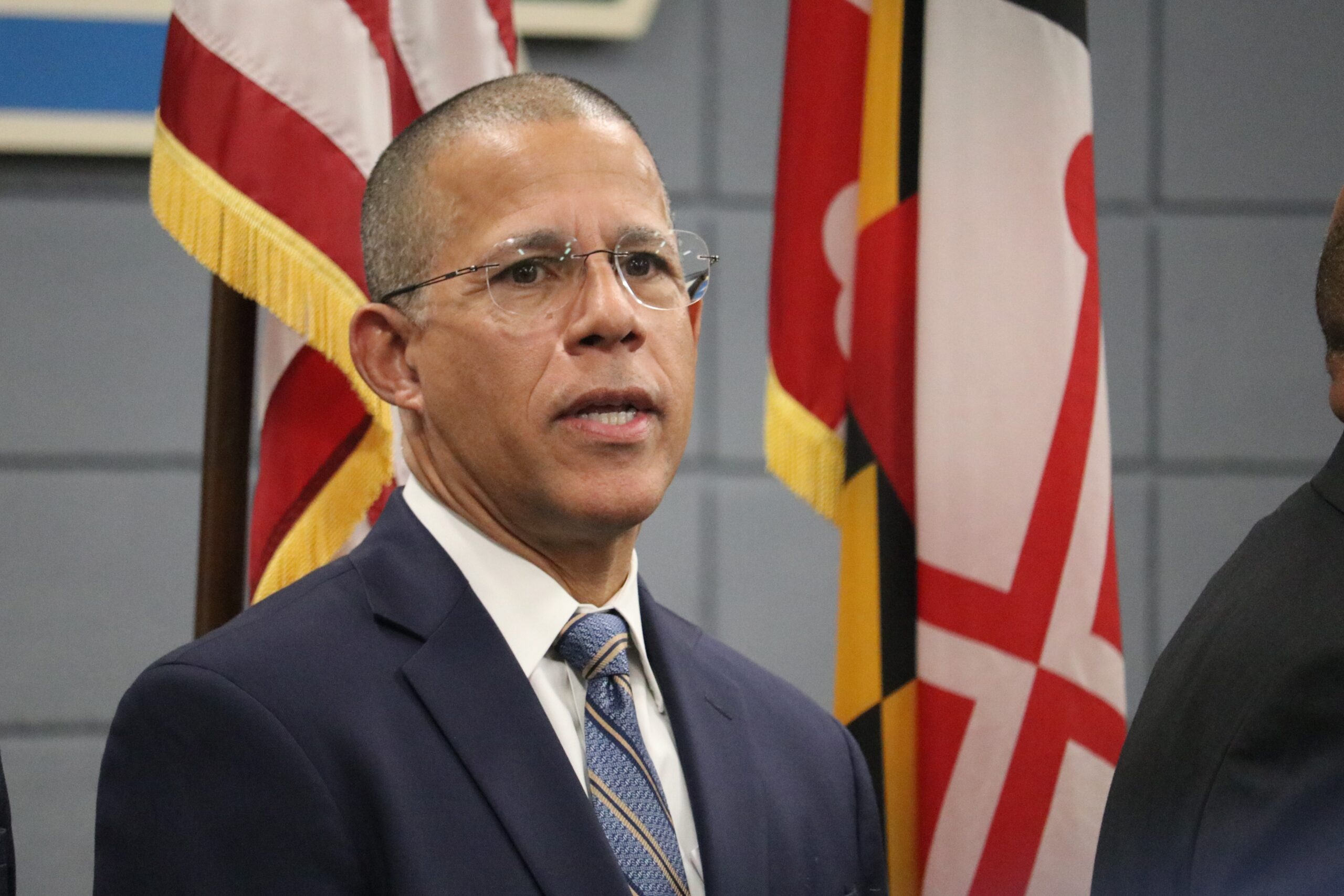EPA settles lawsuit with states, enviros over Chesapeake Bay pollution from Pa.

The U.S. Environmental Protection Agency has reached a tentative settlement with Maryland, other states and environmental groups that sued the agency in 2020, charging that federal officials weren’t doing enough to stop Chesapeake Bay pollution originating in Pennsylvania.
The proposed settlement will be published Friday in The Federal Register, triggering a 30-day public comment period. When the comment period closes, EPA will work out final details with the plaintiffs.
“We think this is another important moment in the effort to clean up the Bay, where we see collective accountability to meeting the [pollution reduction] goals,” Hillary Harp Falk, president of the Chesapeake Bay Foundation, a lead plaintiff in the litigation, said Thursday on a call with reporters.
The settlement would end two separate lawsuits filed against EPA during the Trump administration — one from the Chesapeake Bay Foundation and several other groups, including Anne Arundel County, the other from the attorneys general of Maryland, Virginia, Delaware and the District of Columbia. The suits accused EPA of failing to enforce provisions of the Clean Water Act by not requiring Pennsylvania to develop a plan to fully meet pollution reduction goals for the Bay set several years earlier in a multi-state compact with the federal government. The suits also noted that EPA did not use its mechanisms for penalizing states like Pennsylvania that did not meet their pollution reduction goals or for requiring the state’s to earmark sufficient funding for Bay clean-up.
The settlement requires EPA to, among other things, look for ways to reduce pollution from agriculture in Pennsylvania — the state’s biggest source of water pollution — and stormwater runoff from urban and suburban land. As part of the settlement, EPA commits to increase compliance and enforcement efforts, as long as it has the funding to do so.
EPA has also promised to prioritize its efforts in Pennsylvania on the jurisdictions that contribute the most pollution to, or have the largest impact on, local rivers and streams: Lancaster, York, Bedford, Cumberland, Centre, Franklin, and Lebanon counties.
The EPA will also take a close look at farms not currently required to have federal permits that have proximity to rivers and streams to see if there is significant damage to water quality from manure generation, manure management practices and/or available storage capacity, and compliance history. If EPA determines that a farm is a significant contributor of pollution, the regulators will confer with Pennsylvania officials about designating the farm as a pollution source subject to environmental permitting.
“This settlement agreement really puts things in writing and makes sure that we have clear deadlines,” Falk said. “So we think this is a significant moment today.”
During the Obama administration, EPA reached an agreement with all the states in the Chesapeake Bay watershed — Maryland, Virginia, Pennsylvania, Delaware, New York, West Virginia and the District of Columbia — to reduce the “total maximum daily load” of pollution in the Bay. Each state was given specific targets to meet by 2025.
Last fall, EPA leaders tacitly conceded that most states would fall short of their goals, and regional leaders now say that 2025 is “a deadline but not the finish line.” But Pennsylvania, by the account of the federal government and neighboring states, has consistently lagged behind.
On the press call Thursday, Maryland officials, environmental activists and industry leaders asserted that the agreement will bring a measure of accountability to Bay clean-up efforts.
“This settlement is all about the EPA taking action to ensure that Pennsylvania, a signatory to the agreement, is doing its part to prevent pollution from going into the Bay,” said Maryland’s Democratic Attorney General Anthony G. Brown.
Maryland Environment Secretary Serena McIlwain said the settlement “really does strengthen our Bay partnership” and confirms that “the Biden administration is not just rubber-stamping the previous administration’s lower standards.”
And Anne Arundel County Executive Steuart Pittman (D), whose jurisdiction has 500 miles of waterfront along the Bay and its tributaries, said his county has invested about $500 million over the past decade to bolster the shoreline and limit farm run-off — a possible model for Pennsylvania leaders to follow.
“We can tell Pennsylvania that yes, you can do this,” he said. “It’s hard work, but it needs to be done.”
Last summer, Pennsylvania officials committed $220 million to a new fund dedicated to reducing pollution flowing into state waterways, which regional leaders hailed as important to Bay clean-up efforts.
Falk on Thursday called the Clean Streams Fund “an important downpayment on Pennsylvania’s commitment to clean streams, a clean Susquehanna [River] and a clean Bay. But we need more.”
Jon A. Mueller, vice president for Litigation at the Chesapeake Bay Foundation, said the draft settlement with the federal government does not foreclose future litigation if stakeholders believe any of the parties aren’t living up to their end of the bargain.
“If at any place along the way we feel that EPA has not lived up to the agreement we have the ability to go back to court,” he said.
Robert T. Brown, president of the Maryland Watermen’s Association, another plaintiff in the 2020 lawsuit, said the industry is counting on federal officials to comply with the agreement.
“We have to trust the EPA to enforce these laws,” he said. “We had a little problem with them doing it before this lawsuit. Now we have to trust them. We have to trust and verify.”




 Creative Commons Attribution
Creative Commons Attribution